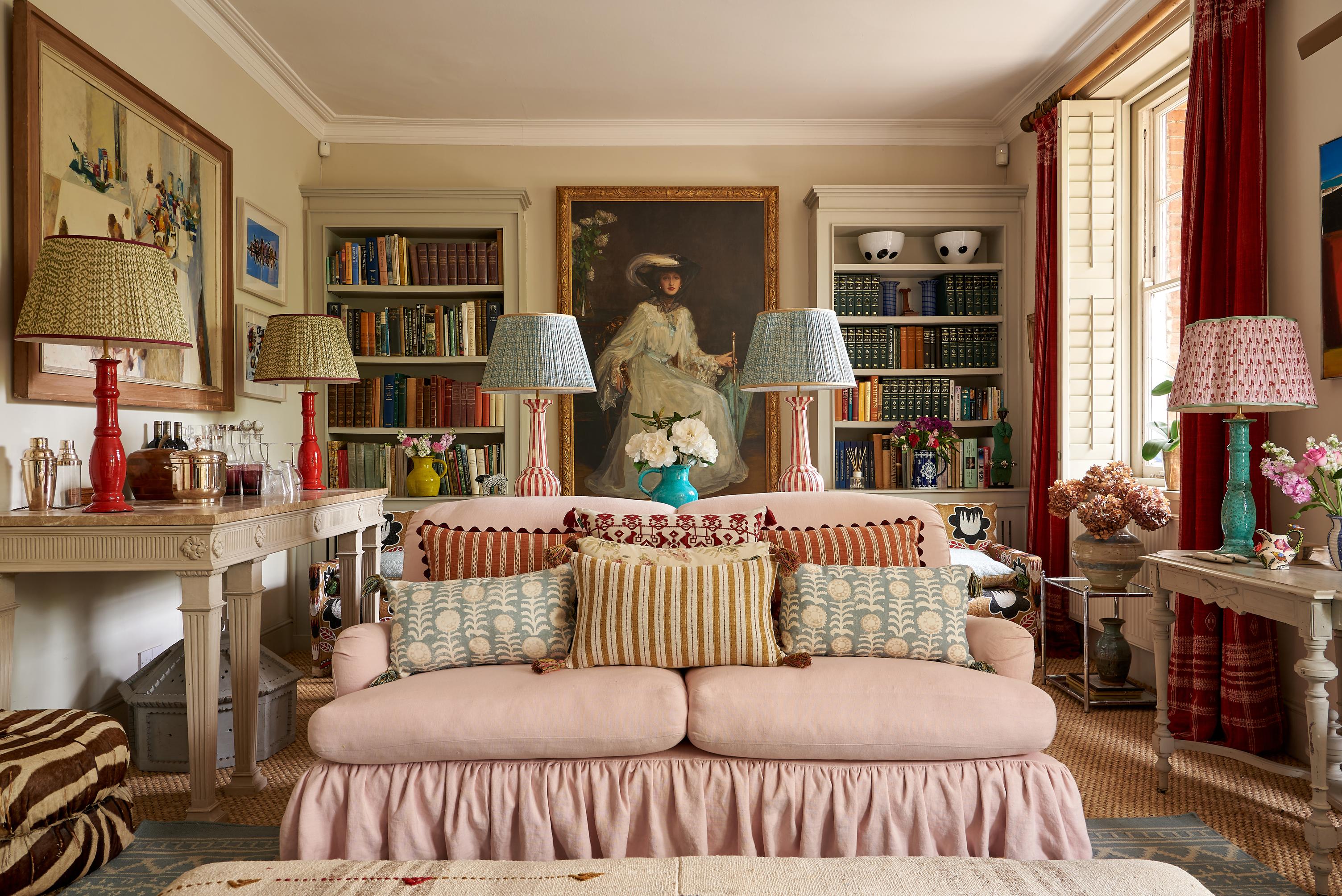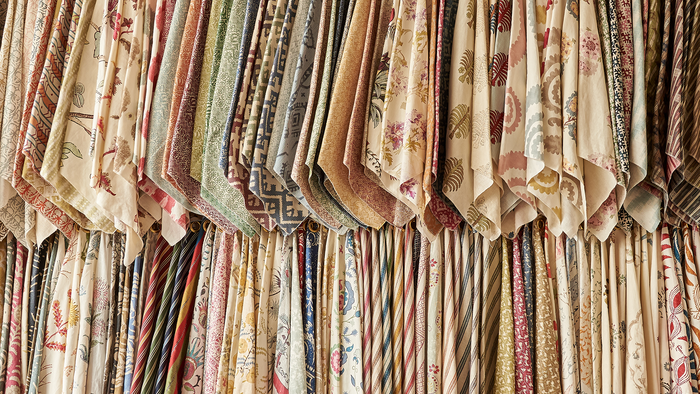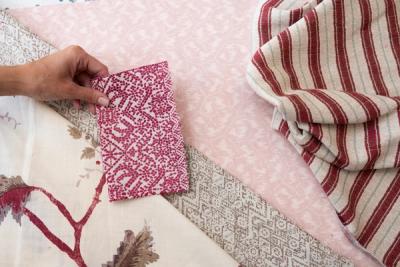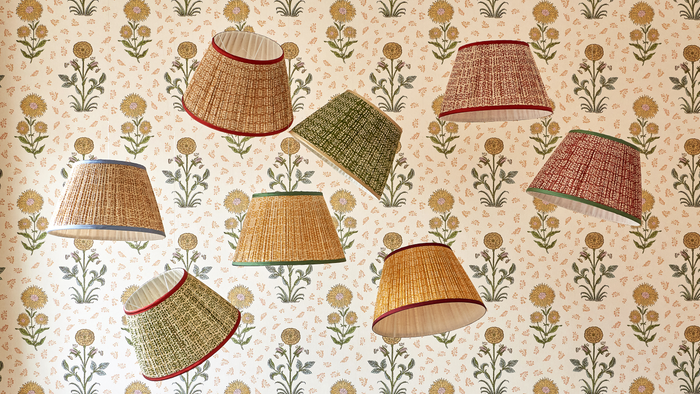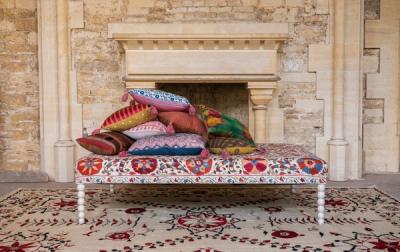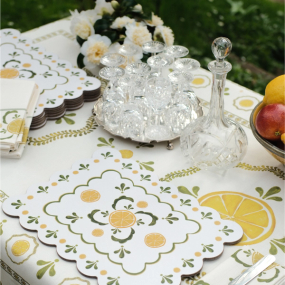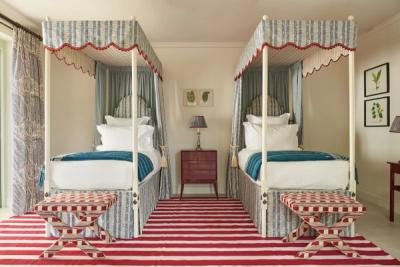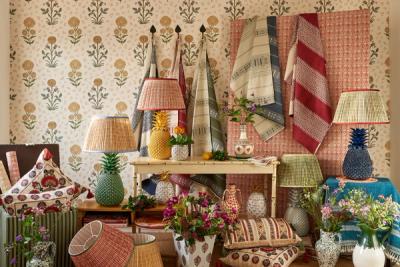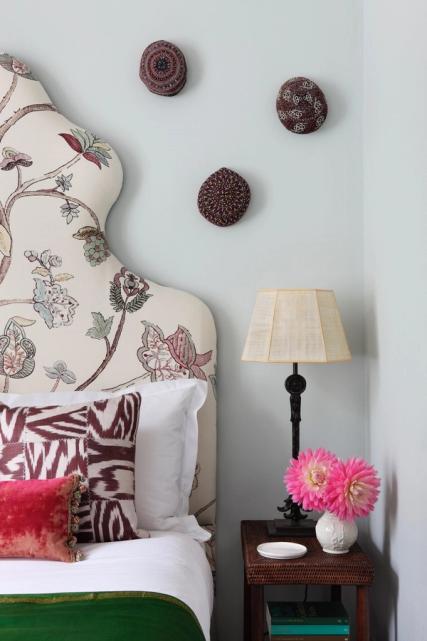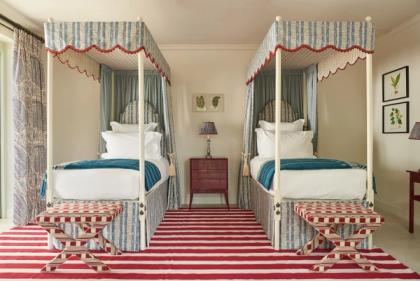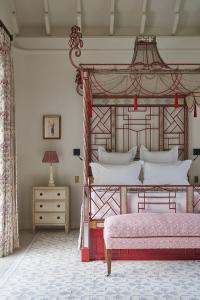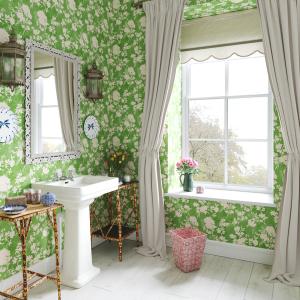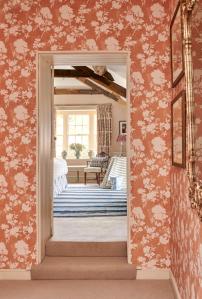Decoration
Bedroom Inspiration: Achieving the Perfect Lighting
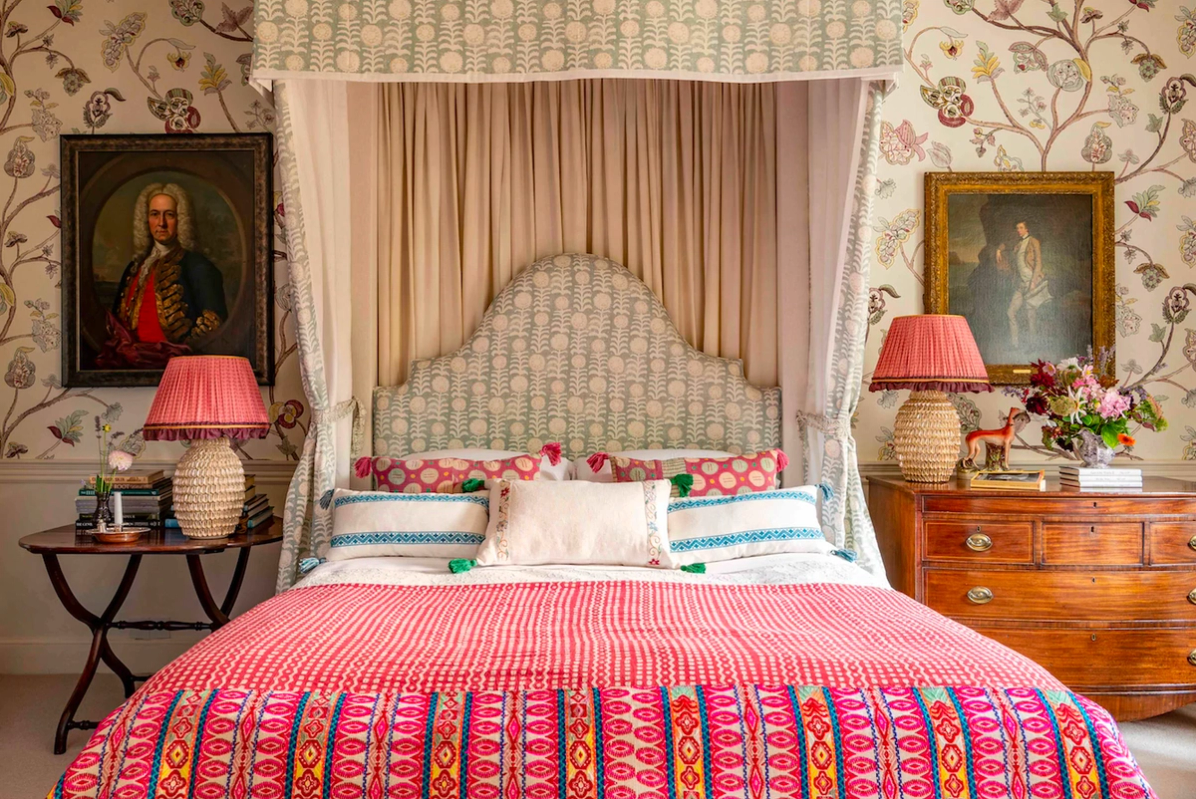
Bedroom Inspiration: Achieving the Perfect Lighting
Is there any room in the entire home where good lighting means and matters more than it does in the bedroom? True, the living room needs that mood lighting for film night, and the kitchen needs a good, strong, ambient glow for getting the practicalities done, but the bedroom is the retreat. It’s supposed to say ‘relax’ from the moment you walk through the door at the end of a long day.
So much can be captured and conveyed through your lighting. Like music, it changes the atmosphere on a dime – and, with it, our mood and frame of mind. Most of us want our bedrooms to hold that same power – to be able to knock the stress, speed, and whirring thoughts out of us the moment we cross the threshold – so it’s only natural that lighting should play a significant role.
Then again, the perfect lighting doesn’t always come naturally – and, even if you get it right at one time of day, you’ll lose it at another.
So, how do you perfect your bedroom’s lighting? Here are our favourite bits of inspo for regaining control, and setting the entire mood for your bedroom.
Use a Light Linen or Cotton Weave for Versatile Sheers
Getting your bedroom’s lighting right isn’t just about the evening and night-time. Sheers can diffuse harsh sunlight – both in the summertime, when keeping the room cool is paramount, and in the wintertime, when those bright late morning beams tend to permeate every corner of the room.
What this does is create a much more comfortable, ambient level of lighting in your bedroom during the day. If you’re a fan of weekend lie-ins, long sessions at the makeup table, or just taking a few moments to yourself to sit and flip through a book in solitude, sheers can make a big difference to the room’s atmosphere.
Combine them with heavy duty curtains, which can be pulled across at night to help you to make that transition to night-time lighting. Lined curtains capable of blocking out all those unwanted, stray beams of light from lampposts and passing traffic are good for more than just facilitating sleep; they also mean you can really get the most out of the lighting you choose to incorporate. You can click here for our guide to choosing the right curtain fabric.
Introduce Enough Decorative Lighting to Illuminate the Room
There’s an unwritten formula for bedroom lighting – a set of overheads for the majority of the time, along with two lamps – one on either side of the bed – for when you’re starting to wind down over a book or late-night scroll.
If you’ve read many of our lighting guides before, however, you’ll know that, when it comes to layering light and introducing enough smaller sources of light to create a really inviting, cosy atmosphere, we’re diehard fans.
Decorative lighting is suited to so many other surfaces beyond the bedside table. It can help to introduce a couple of new few focal points besides the bed itself, and to draw attention to other features, too. Lamps are great for directing light up onto the wall, so use them to highlight your wallpaper, wall art, or an alcove or recess in the wall itself.
Make Use of a Darker Colour Palette to Make the Light Really Pop
If you’re leaning into your decorative lighting more –and, as a result, away from your overheads – then one of the best ways to make those individual beams of lamplight stand out is to embrace a darker colour scheme. While ‘good lighting’ is often equated with bright walls, pale or neutral colours, and a light, airy feel to the room, a more relaxing level of lighting is perfect for the polar opposite.
Deep, navy and petrol blues, rich and earthy green or warming terracotta – even, if you’re feeling experimental, a matte black or slate grey – can look incredible in a room illuminated by lamplight. The decorative lighting naturally creates areas of brightness and areas of shadow on the wall, which can create a much more impactful sense of depth and dimension than you will be able to create with brighter colours.
If you’re not convinced by the idea of decorating your bedroom in an exclusively dark colour palette, you might like the idea of creating a ‘reverse’ feature wall. With this, instead of wallpapering one wall, you wallpaper all but one of your walls, and create a feature of that wall with a standout, statement paint colour.
It’s important that we never underestimate the power of a comforting and welcoming bedroom – or, of course, the power lighting holds for creating it.
More from Decoration
